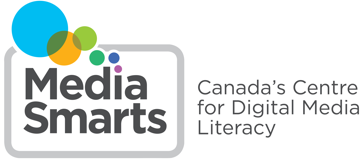Online Ethics - Introduction
Despite all of the concerns about what youth are doing with digital media, MediaSmarts’ study Young Canadians in a Wireless World (YCWW) has found that not only are most kids not getting in trouble online, they’re often being actively kind and thoughtful towards people they know.



